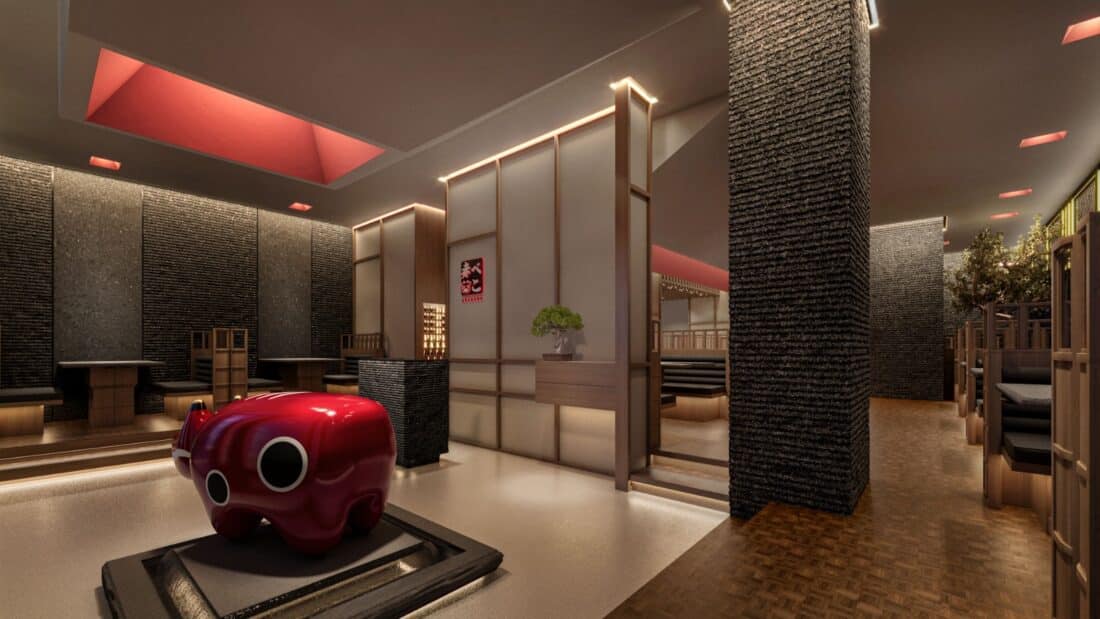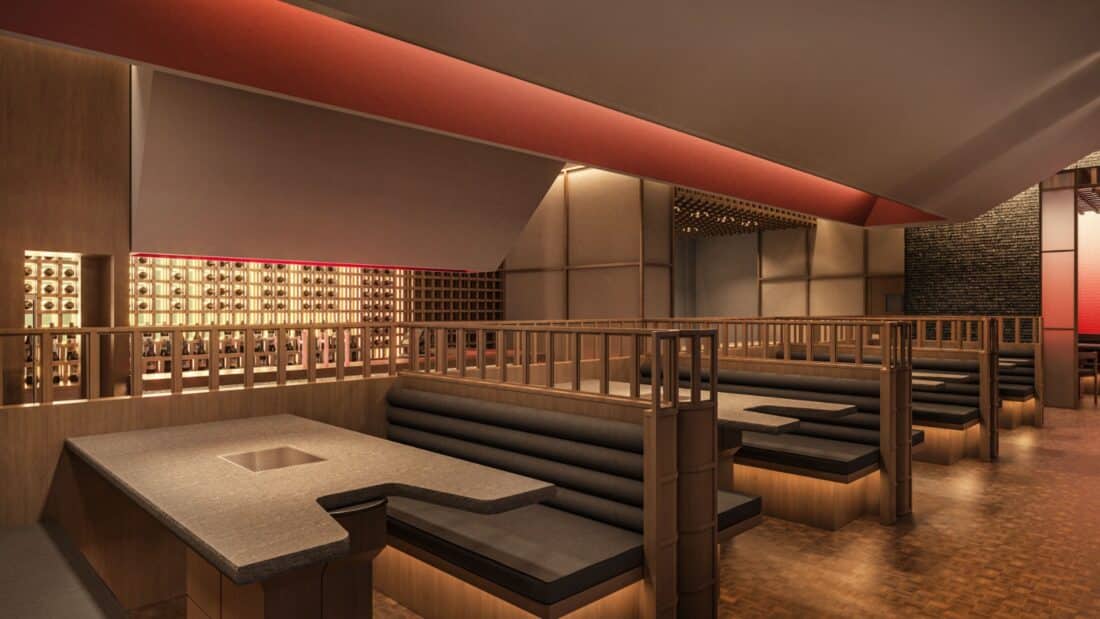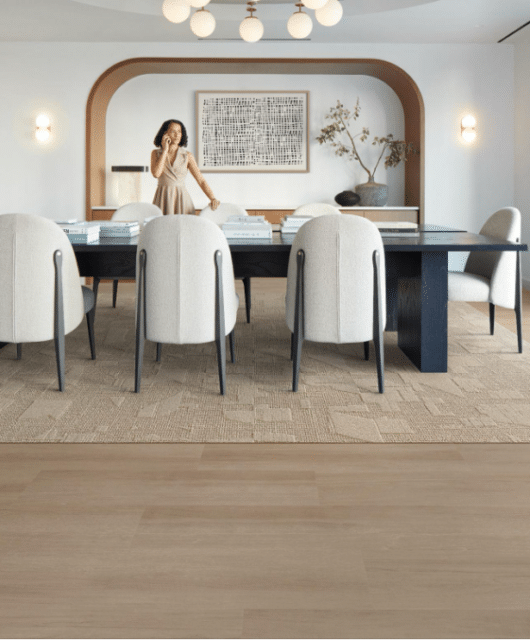Influence of culture on design
Firas Alsahin, Co-Founder and Design Director at 4SPACE, describes how interesting elements of culture are as part of storytelling in design.
In hospitality design, integrating elements of culture is increasingly recognised as a pivotal factor in creating spaces that offer more than just aesthetic appeal. Firas Alsahin, Co-Founder & Design Director at 4SPACE and celebrated Designer of the Year, champions that embedding cultural authenticity within design projects enhances visual appeal and deepens the connection between guests and the space. This design approach emphasises the value of storytelling, with each feature in a place contributing to a narrative that adds cultural richness and authenticity to the guest experience.
Incorporating cultural elements into hospitality design involves a thoughtful exploration of local artistry, traditions, and craftsmanship. By collaborating with local artisans and incorporating indigenous materials and art forms, designers like Firas ensure that each project resonates with the culture of its location. This commitment extends to the culinary experience, where the design of dining spaces reflects traditional cooking methods and local flavors, further immersing guests in the cultural narrative of the space.

Firas’ design philosophy advocates for spaces that serve as canvases for storytelling, where murals, artifacts, and interactive displays invite guests to engage with the cultural heritage of the locale. This approach nurtures a deeper understanding and appreciation of the culture and creates a unique and memorable experience for guests. The challenge lies in balancing authenticity and global appeal, ensuring the design resonates with a diverse audience while maintaining cultural integrity.
Navigating the complexities of cultural integration requires careful consideration to avoid potential misrepresentation and to ensure that the design respects and honors the culture it aims to represent. This involves a delicate balance of incorporating cultural elements in a way that is both respectful and authentic, avoiding superficial or tokenistic approaches. Sustainability and cultural stewardship are also integral to this process, with designers adopting eco-friendly practices and supporting local communities to preserve cultural heritage and promote environmental sustainability.

Despite the challenges, the integration of cultural elements in hospitality design presents an opportunity to create spaces that are not only visually captivating but also rich in cultural significance. Under Firas’ guidance, projects like Akabeko in Dubai, a novel yakiniku restaurant, blend Japanese tradition with modern design around the theme of the Akabeko cow, symbolizing health and perseverance. Using the wabi-sabi aesthetic, its design features natural materials and textures to highlight beauty in imperfection. The interior showcases a mix of textured walls, wooden accents, and the iconic red Akabeko cow statue, creating a warm and inviting space.
AKABEKO offers an exceptional dining experience with premium Japanese wagyu cooked on smokeless grills, enriched by cultural elements like bonsai trees and intricate light patterns. This establishment celebrates Japanese culture, offering a deep, immersive culinary journey. This approach to design elevates the aesthetic and experiential aspects of hospitality spaces and contributes to a deeper understanding and appreciation of cultural diversity, setting a new standard for the industry.







